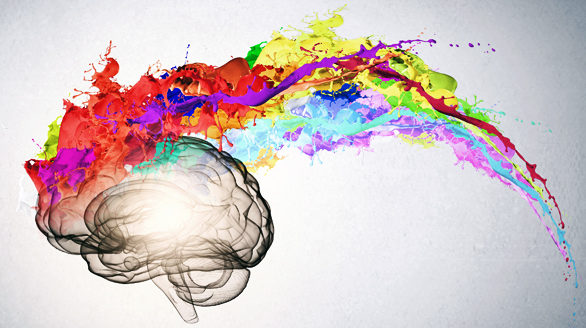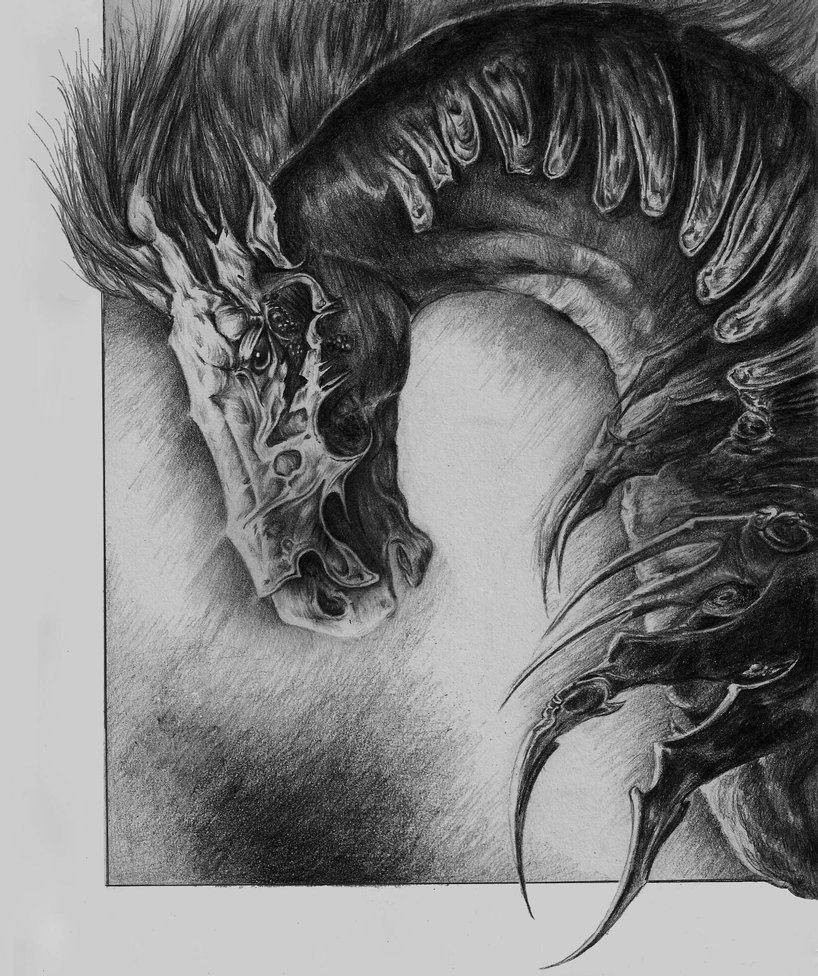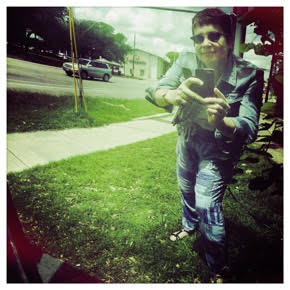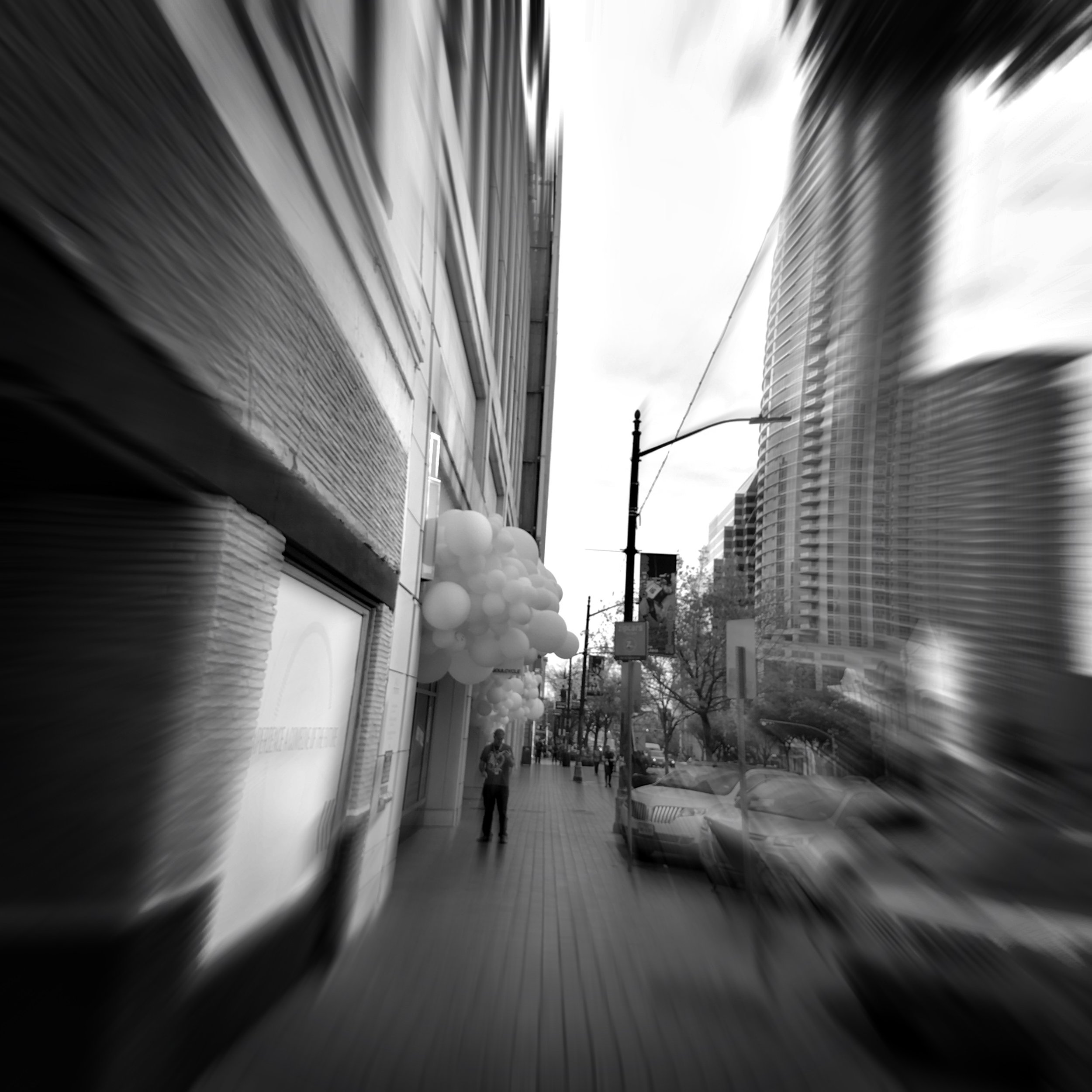Mama was an Italian lapsed Catholic who sang while she cooked. It felt so much like a ritual I sometimes wondered whether her from-scratch meals and the songs that accompanied them weren’t a substitute for Sunday Mass. The noodles, though—they always came from a box. Perhaps she bought them because it was the modern thing to do. A time-saving convenience. I only realized this after I bought a pasta machine last December, a whirring, purring dream that efficiently pushes out 200 grams of everything, from capellini to linguine, pappardelle and lasagna, in under fifteen minutes. It seemed my desire to experience something like traditional pasta had made me regress.
The machine would have competed rather than harmonized with my mother’s sonorous mezzo-contralto. But its near-scientific precision? It would have won her over. She was a trained biochemist who transformed our kitchen into the culinary laboratory that was also her refuge. I think of this now, whenever I watch my machine work. Seeing the noodles wriggle from the tiny holes of my machine’s extruder, now, it sometimes seems I’m witnessing the birth of worms. Or maybe even the threads that, according to one branch of theoretical physics, make up all matter.
I think of string theory now because my mother was a scientist. But it didn’t become a recognized area of research until the 1970s, nearly twenty years after she fled biochemistry and disavowed her connection to the laboratory. On-the-fringe but not quite discredited, string theory suggests that vibrating “strings” create everything from single-celled amoebae to entire galaxies. Proponents further argue that it could unify space and time and everything in it with coextensive physical forces that keep large objects like planets and moons from flying apart. For believers, it’s the concept that explains the entire universe.
Just about the time homemade pasta became a menu staple, this strange theory became my personal food for thought. Like my meals, it’s one of the few things that links me to my mother. And—I like to imagine—to the aunts and grandmothers and grand aunts and great-grands who cooked from scratch, perhaps setting the noodles they made out to dry in the bright Italian sun. The women against whose way of life my mother rebelled through science; but to which she reluctantly returned as an unhappy housewife. Those strings of egg, water and semolina flour—they’re more than a meal. They are the invisible and complicated strands that remind me of the nurturing my mother could not offer except in the food she prepared.
String theory, of course, is not nearly as linear as the pasta I imagine connects me to my foremothers. Beyond the three dimensions our senses know and the invisible fourth dimension of time, there are as many as 25 separate dimensions. They exist as tiny balls of curled strings associated with every point in the three-dimensional world we live in and affect all different aspects of that world including time. Depending on how these cosmic strands move, they can create an infinite variety of effects in all dimensions. These can take the form of everything from invisible “collisions” (as between atomic particles) to large body connections (as between planets and their moons).
The possibilities string theory suggests have inspired others—especially science fiction writers—to play with the related idea that strings can create universes that parallel our own and exist with different versions of ourselves and the lives we know. No wonder the strangeness of string theory appeals. This space of what ifs and alternatives—this is a space I can understand. And yet…it’s not the science that draws me, or even the squirming strands of homemade pasta. It’s the strings themselves. The idea that behind the strings that they are vibrations, expression of pure creativity. The creativity of the universe.
Which takes me back to my mother. To what I now see as creativity. She sang along with Spanish-language songs broadcast from radio stations in Los Angeles; they were the closest thing to her native Italian she had. And they were sad, so full of regret. Those songs, those expressions of the artist my mother also was, reveal more about her than she would ever say or admit. Fearful of looking too far into the future, she lived in the past, in memories of what could have been had she not come to the States, not met my father, not had children, not left the lab, not obeyed the twists and turns of her own rebel heart.
So now, when I stand in my kitchen, watching my machine spin the flour and water it will turn to strings of pasta, I picture my mother. Not in our old kitchen, but singing on a stage, her body swaying rhythmically, a rapt audience before her. In another universe, maybe that woman exists; and maybe, she is joyful.
I’d like to think so, anyway.








